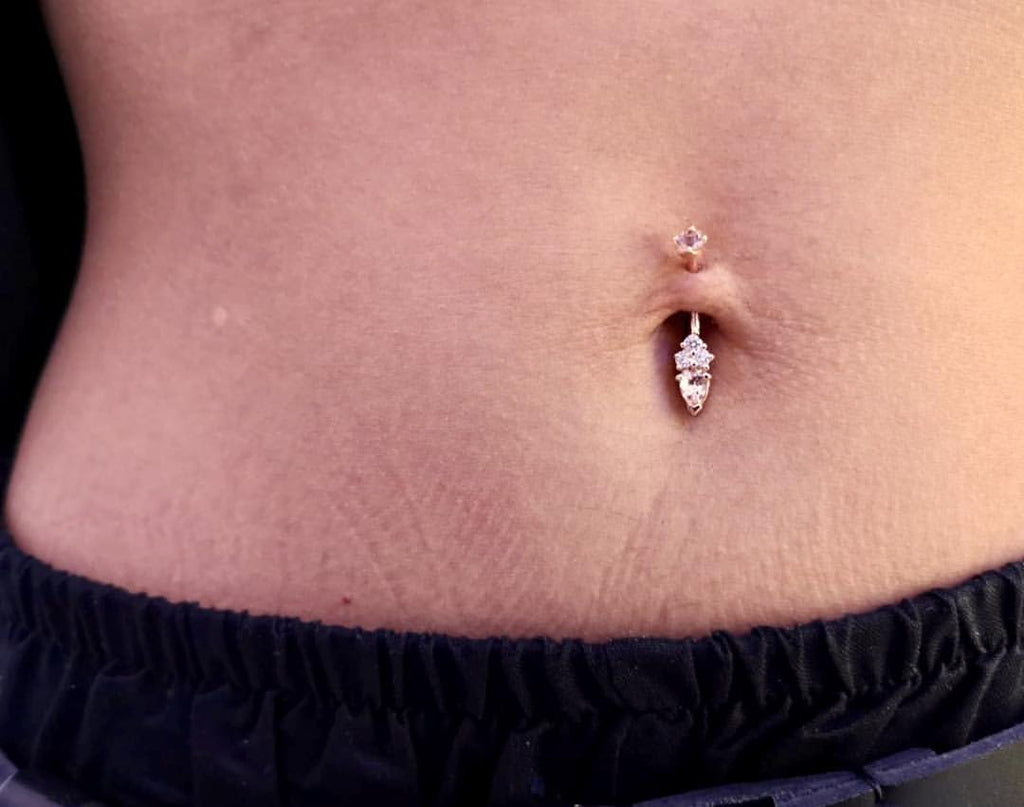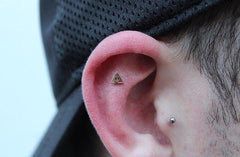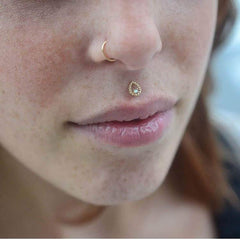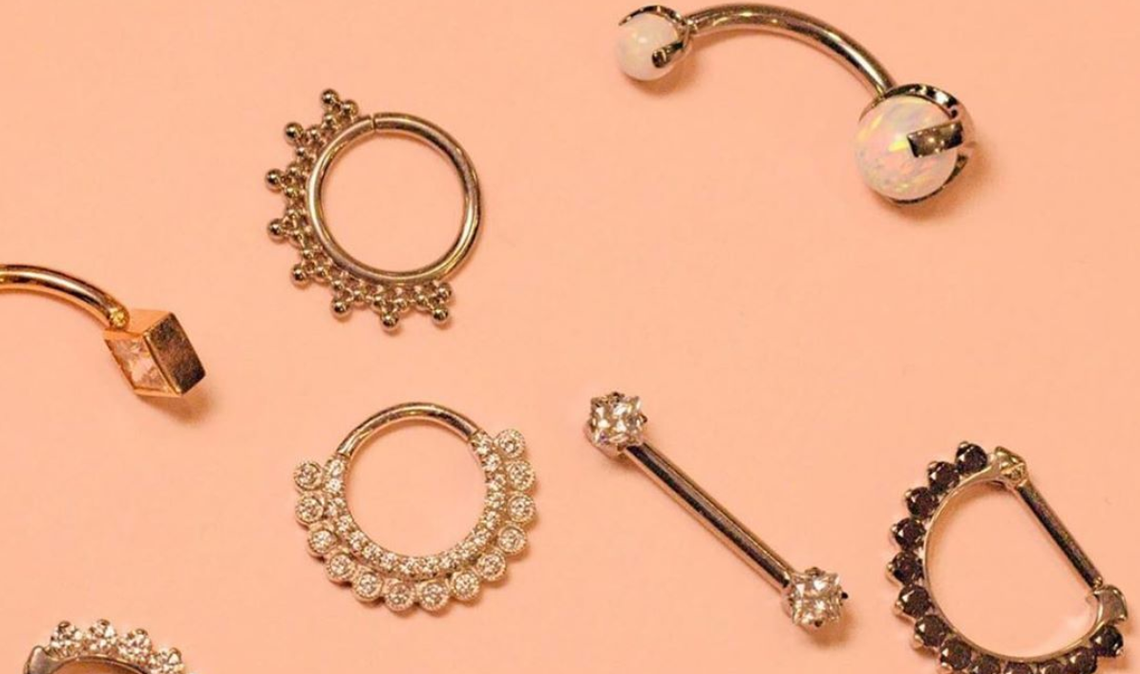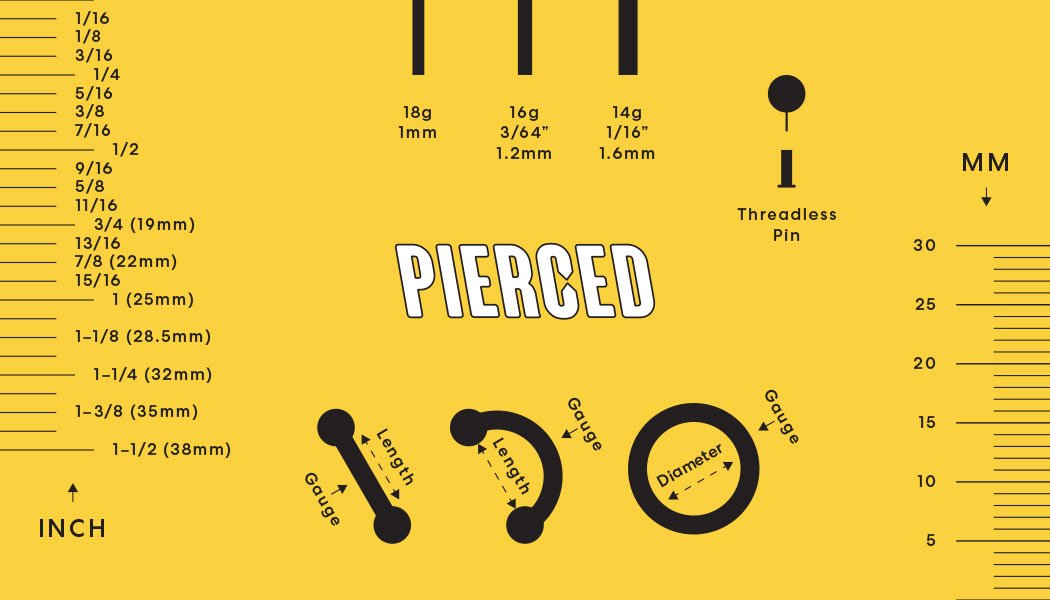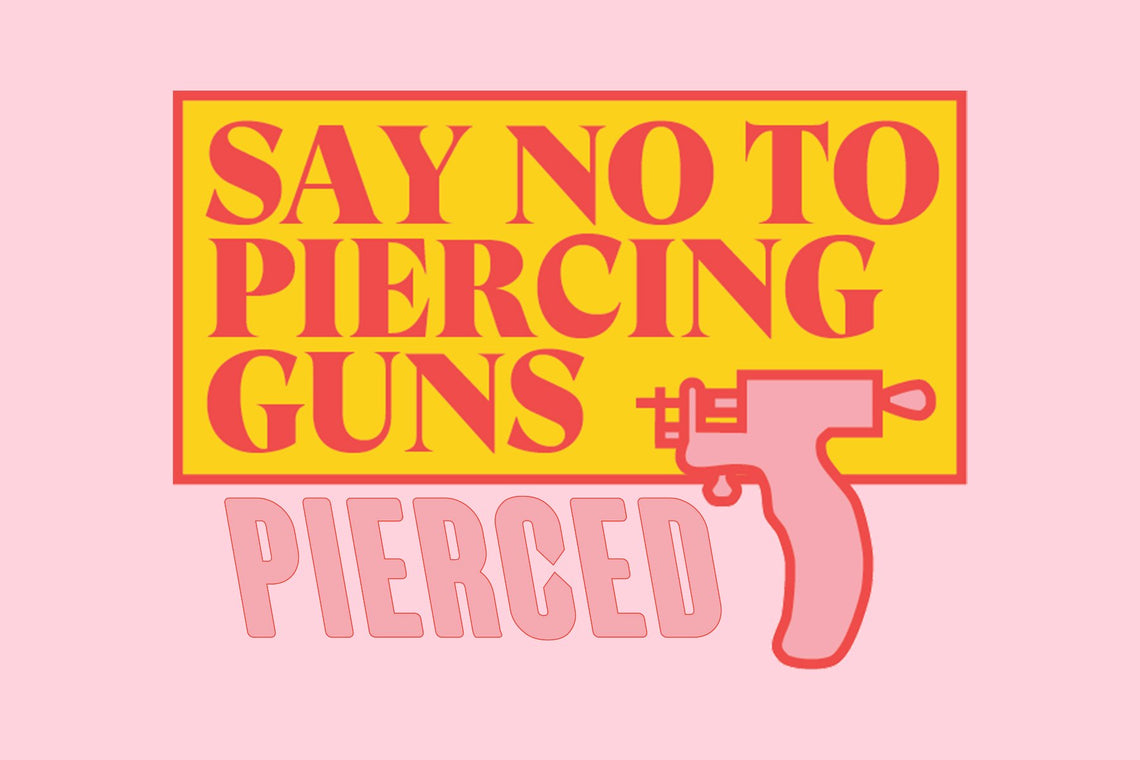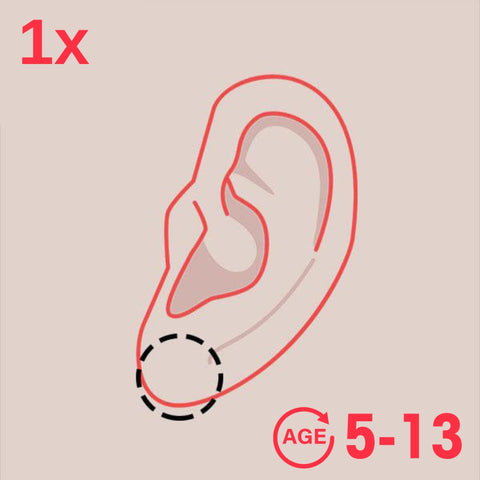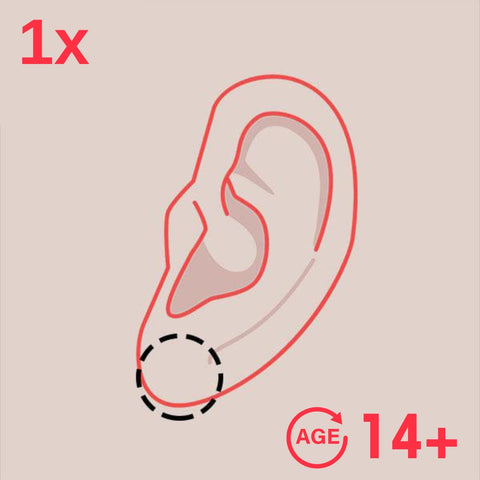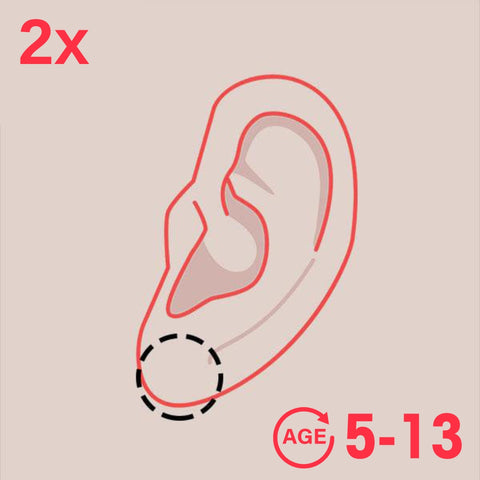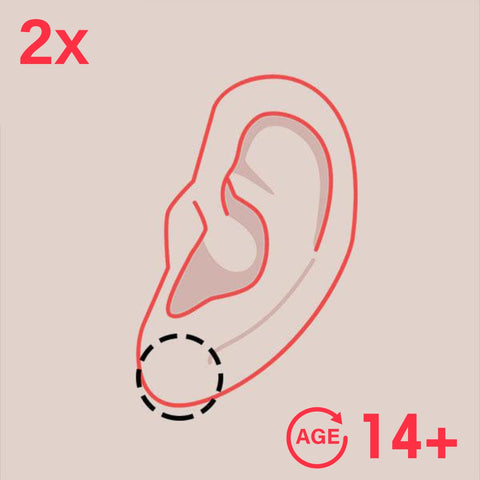The Navel Piercing, more commonly referred to as a belly button piercing, is one of the more popular non-ear piercings among those in and around Newmarket and Mississauga area.
They are versatile, stylish with a wide range of jewelry options to choose from, making them a piercing that can be personalized to match virtually any style or body type. They are also easily hidden under clothing, making them an expressive piercing that can also be worn at work or in other professional settings.
From dangle charms and bent barbells, to captive bead rings and more-- there is something for everyone!
But what about aftercare? This is a subject we receive a lot of questions about. Luckily for you, the team at Pierced has put together this handy guide to answer any lingering questions you may have about navel piercing aftercare.
As always, if you need additional assistance, don’t hesitate to reach out. We have two conveniently located piercing studios, one in each Newmarket and Mississauga, and would love to have you stop by or call in for a chat.
Preventative Knowledge
If you’ve decided that you want a navel piercing, you’ll want to do a little research before you go in. For instance, you want to make sure your piercing parlour uses at least a 14 gauge. Anything thinner than a 14 can lead to irritation, migration, or rejection from the piercing.
Know your piercing parlour. You want to ensure they are following best practices, sterilizing their equipment, and doing everything possible to ensure the safety of their customers. This is why it’s important to have trained professionals to perform the piercings.
Trust your piercer. If they say your navel is not suited for a piercing, take the advice to heart. Not everyone’s body is ideal for certain piercings, and pushing through regardless can lead to complications and injuries.
Unlike standard lobe piercings, which take 12-18 weeks to heal, a belly button piercing can take 9-12 months. Know that you’re in for the long haul and must follow proper aftercare until the healing process is finished. Make sure you like your starter piece-- you’ll be wearing it for a while.
Another reason to be picky with your jewelry is to avoid an allergic reaction. Some cheaper jewelry available is made with nickel and lead; this can lead to nasty reactions that are often mistaken for infections. This can be avoided by making sure your jewelry is implant grade, with valid documentation in the form of mill certificates.
On the Day Care
Congratulations! You took the plunge and are rocking that new bling. Now, it’s time to take care of yourself and ensure the healing process goes well.
Your piercer will work with you through the first bit. They’ll sanitize the piercing area beforehand; after, they’ll reiterate the aftercare information and set up a follow-up appointment to check on your healing.
Blood and a sense of pain are usual on the first day. Don’t panic, and take something like Ibuprofen-- avoid Tylenol and never aspirin as it causes more bleeding.
Cleaning Your Belly Button Piercing
Before you get home (perhaps even before you get the piercing) make sure you have a cleaning solution available. You need to clean your piercing once or twice a day to prevent infection. Sterile saline in a spray can is the most recommended practice. It’s simple and affordable.
Our piercers will hand you an aftercare sheet which will list all the aftercare instructions. They will also explain the aftercare process with you.
Our online aftercare instructions can be found here.

Dos and Don’ts while Healing
Let’s face it: the internet is full of advice. Some of it is really not that great. Make sure you run anything you read by your piercer to ensure its accuracy.
Do’s
- Wear loose-fitting clothing or go shirtless if you can get away with it. This helps minimize any irritation.
- Take care of your overall health. Eat well, sleep well, etc. The healthier you are, the smoother your body’s healing process.
- Wash your hands anytime you do something regarding your piercing to avoid introducing bacteria. Make sure there is no dirt under your fingernails.
- Avoid all public pools, hot tubs and Jacuzzi, lakes, ponds, and oceans. These can introduce new bacteria and cause an infection.
- Ensure that any soap, shampoo, conditioner, etc is rinsed away from your piercing.
- Remove any crusting when cleaning your piercing-- you may want to use a Q-tip.
- Avoid sun tanning with a new navel piercing
- If swelling occurs you can use ice to calm the swelling (in a clean ziploc bag)
Don’ts
- Touch, spin, or rotate the jewelry. It needs to be as stationary as possible, or you risk migration, excess scar tissue, and a longer healing time.
- Scratch any itches. Ice can help calm irritation (make sure to have the ice in a clean Ziploc bag; scratching will hurt more than it will help.
- Use products like Neosporin, bactine, alcohol, hydrogen peroxide, or antibacterial soap. These cause a lot of issues with piercing, including migration, excess scar tissue, and prolonged healing. Ointments can smother the piercing, and sanitizers can cause irritation.
- Wear tight-fitting clothing; it will restrict the piercing’s ability to ‘breathe’ and cause migration due to pressure.
- Change the jewelry until you are 100% healed. We recommend visiting your piercer and getting their approval before trying even then.
- Use a tanning bed.
- Pull or stretch your stomach, causing the piercing to be pulled or moved.
- Keep covered with a bandage; this can lead to infection.
- Sleep on your stomach; too much pressure and discomfort.
Signs of Complications
It’s easy to get a little paranoid about the healing. Redness, swelling, and some discharge is to be expected.
So how do you know when to and not to panic?
If your reddened skin starts to feel hotter than the surrounding area, or a large amount of pus or discharge that changes color may be a sign. It is highly recommended to see your piercer or a reputable piercer. If needed the piercer may suggest a doctor if needed.
Next Steps to Take
While most instructions for aftercare are standard, everyone’s body heals differently. Keep in contact with your piercer while you heal. Also all of the DO’s and DON’Ts are during the full healing process of your navel piercing at 9-12 months minimum.
After you’re fully healed, you will want to avoid taking out your piercing without replacing the jewelry. However, certain situations call for it. Pregnancy, for instance, or surgery. If you experience these, invest in a piece of bioflex to keep your piercing open until you can wear jewelry again.
Navel Piercing Aftercare – not as hard as you thought
Navel piercings are fun and can enhance the aesthetics of any body type or style. But they aren’t without their risks. Any time you piece or puncture the skin there is always a risk of infection and improper healing.
However, by choosing the right piercing shop and by following proper aftercare instructions, you’ll be left with a piercing you can enjoy for years.
Piercing Studios Near You
Mississauga
Square One Shopping Centre
100 City Centre Drive, Mississauga,
ON L5B 2C9
Phone
+1 (905) 232 -7226
Need an Experienced Piercer in Mississauga?
Working with an experienced piercer can make all the difference when it comes to your piercing experience. If you’re in the Mississauga, Ontario area and have any questions about ear piercing, body piercing or jewelry, give us a call or stop by our piercings studio today. We’d love to help walk you through what to expect and help you choose the right option.
